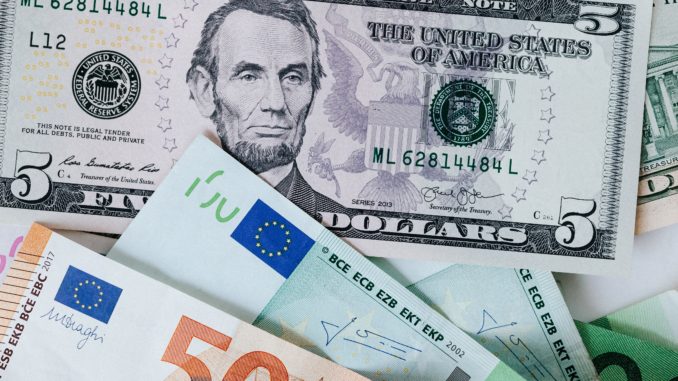XRP and Cross-Border Payments: The SWIFT Challenger
By Space Coast Daily // May 8, 2023

Cross-border payments have been a topic of interest for years. Companies need to be able to make international transactions in a secure and efficient manner.
One of the most popular systems for this is SWIFT, which stands for the Society for Worldwide Interbank Financial Telecommunication. SWIFT has been the go-to system for international payments for over 40 years. However, in recent years, a challenger has emerged: XRP. In addition, websites like https://bitcoinera-no.com/ will assist traders in their trading journey.
XRP is a digital asset that was created by Ripple Labs. It was designed to be used as a bridge currency for cross-border payments. The idea is that XRP can be used to facilitate the exchange of other currencies, making the process faster and cheaper. This has caught the attention of many financial institutions and investors, as it has the potential to disrupt the traditional SWIFT system.
What makes XRP a challenger to SWIFT?
Speed
One of the biggest advantages of XRP is its speed. XRP transactions can be completed in a matter of seconds, compared to the several days it can take for SWIFT transactions to settle. This is because XRP uses blockchain technology, which allows for near-instant settlements. This is a game-changer for businesses that need to make time-sensitive payments.
Cost
Another advantage of XRP is its cost. Traditional cross-border payments can be expensive, with fees ranging from 1% to 3% of the transaction amount. XRP transactions, on the other hand, have very low fees, often less than $0.01 per transaction. This can result in significant cost savings for businesses.
Reliability
XRP is also a more reliable system than SWIFT. SWIFT transactions can be subject to delays and errors, which can result in payments being held up or even lost. XRP transactions are recorded on a decentralized ledger, which makes them more secure and less prone to errors. This reliability makes XRP an attractive option for businesses that need to ensure their payments are processed quickly and accurately.
Adoption
Finally, XRP has been gaining traction in the financial industry. Many banks and financial institutions have begun testing and adopting XRP for cross-border payments. This includes major players like Santander and American Express. This increased adoption is a good sign for the future of XRP and its potential to challenge SWIFT as the dominant cross-border payment system.
Conclusion
XRP is a serious challenger to SWIFT in the world of cross-border payments. Its speed, cost-effectiveness, reliability, and increasing adoption make it an attractive option for businesses looking to make international transactions. As the financial industry continues to evolve, it will be interesting to see how XRP and other digital assets continue to shape the landscape of cross-border payments.











